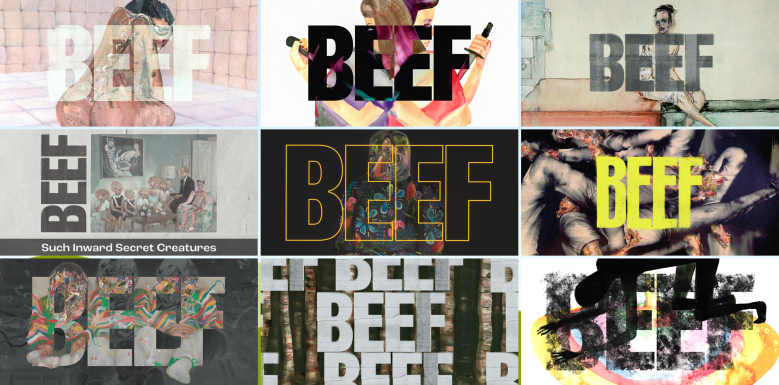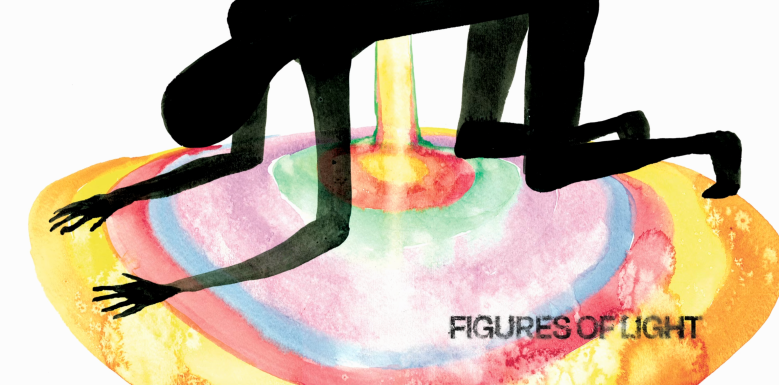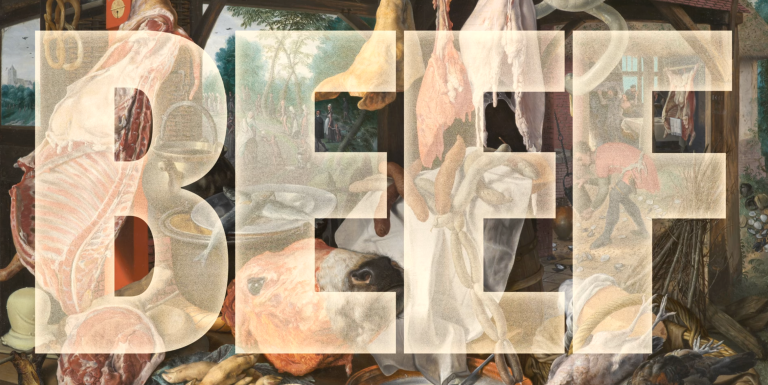Series creator Lee Sung Jin tells IndieWire how to use the 10 title card paintings to visually screw in the screws of characters in his Netflix series.
One of the twisted joys of “Beef” is how the show escalates the drama between Amy (Ali Wong) and Danny (Steven Yeun) after they cross paths in a road rage incident. The main catalyst for the show’s anger management issues is the editing, which can use a cut like a hammer to accentuate or undermine a moment. But perhaps the funniest way “Beef” accelerates Amy and Danny’s spiral of revenge is the placement of each episode’s opening title card.
The title card shots in “Beef” are abrupt but visually convey all that makes the characters so flawed: each card resembles on its surface a museum piece bearing deeper artistic merit, especially given the way whose score for the show amplifies the shots. But this claim to a specific meaning is betrayed by the font on the images and the cut of the episode titles – the score, the illustrations, the text and the editing come together as if to burst an invisible balloon. The opening sets a foundation for the series’ particular palette of chaos, born from the everyday hypocrisy of ordinary people and elevated to something wild and strange. And that’s the vibe that creator Lee Sung Jin wanted to create from the start.
“When I prepared the PowerPoint pitch for buyers, I wanted a very bombastic title card to grab everyone’s attention. I loved the 16th century painting “A meat stall with the Holy Family making alms” for a while, and I felt the look and themes of the painting matched the mood of the show,” Jin told IndieWire. Jin planned to use classic public domain paintings. for all 10 episodes to convey a sense of bombast and the subversive joy of punching it, but he found an even better solution on set.

The title cards of “Beef”
Screenshot/Netflix
“David Choe, who plays Isaac, suggested I use his paintings. He stopped showing his work publicly over a decade ago, so he had hundreds of paintings that no one had ever seen,” Jin said. “He graciously allowed me to choose which ones I thought fit the episodes the best.” longing, longing or something uglier.
Jin then had the title text custom designed to fit each painting. “I worked closely with the Sarofsky company in the design of each title. We used a lot of albums and magazines from the late 90s and early 2000s as inspiration, especially Ray Gun,” Jin said. “The font was also customized by Sarofsky. We scoured through hundreds of fonts and finally landed at Balboa, but had to tweak a few things to our liking. The tweaks do their clever little tricks to turn the screws as the series progresses, looking like increasingly maniacal serigraphs of something that should be much sleeker and tidier.
But Jin credits much of the title cards’ impact to composer Bobby Krlic (also known as The Haxan Cloak), whose work in television and film tends to be a grand celebration of twisting and shit, from “The Alienist” to “Midsommar” and “Beau afraid”. “To me, Episode 3 feels like the perfect marriage of painting and sheet music,” Jin said, and indeed the pounding drum and jarring horns somehow capture Danny’s panic at being spotted by the girl in the room. ‘Amy as he attempts to commit minor arson and Amy’s fake smile as she says a new chapter is about to begin for her family.

“Beef”
Screenshot/Netflix
While Jin loves this moment, his favorite painting is the “Figures of Light” from the finale. “It captures an outpouring of experience that reflects how reality changes for Danny and Amy in the show’s finale and even a sense of perspective,” he says. “The character in the painting looks at the mess on the ground in exactly the same way as the overhead camera shot looks back at Danny and Amy’s wrecked cars.” Whatever twist each “Beef” episode takes, opening titles are the show’s way of pulling the tripwire that brings characters down.
Register: Stay up to date with the latest film and TV news! Sign up for our email newsletters here.




Add comment